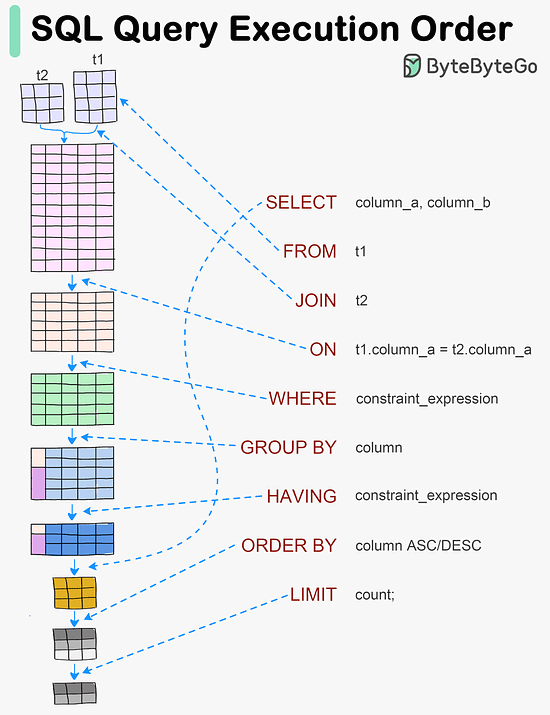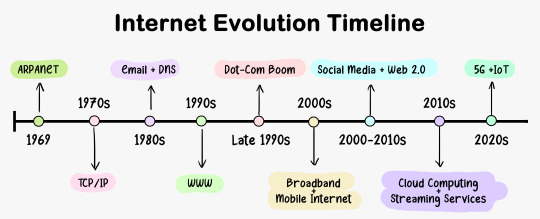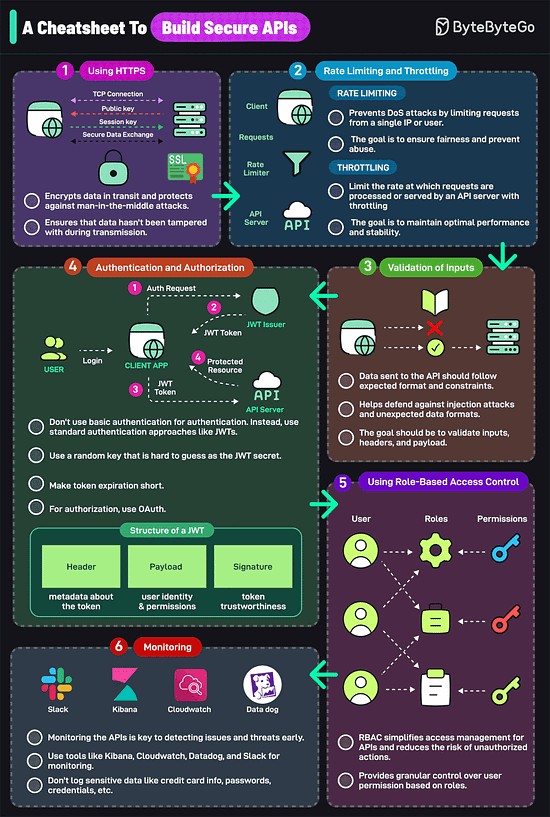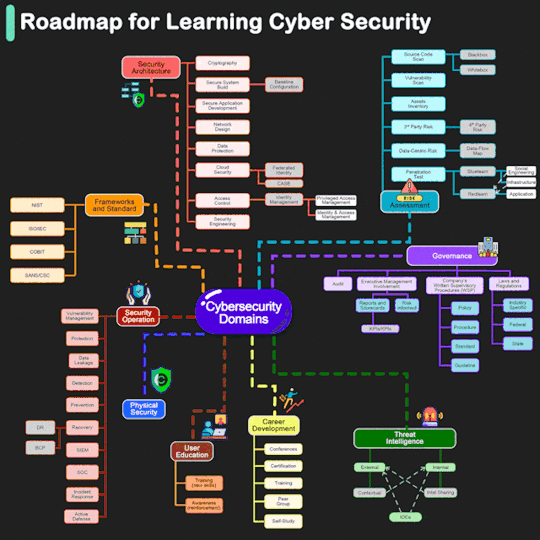#bytebytego
Explore tagged Tumblr posts
Photo
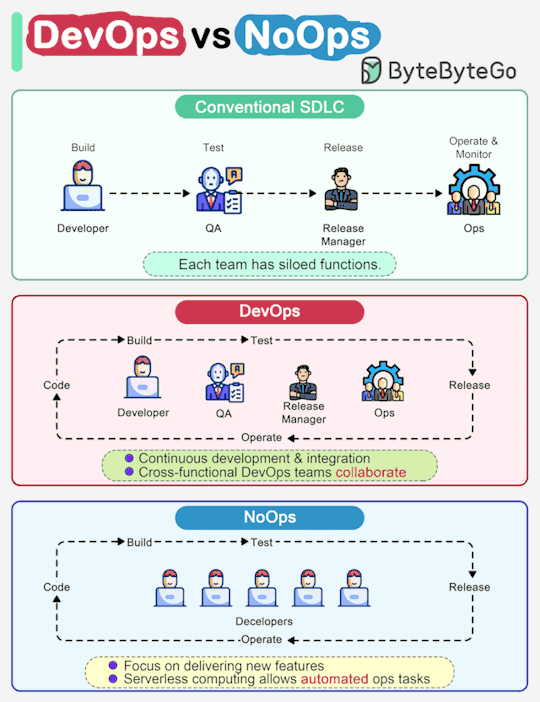
ByteByteGo nails another "a picture is worth a thousand words" infographic. This one highlights some key differences between traditional SDLC, DevOps and emerging NoOps.
In a traditional software development, code, build, test, release and monitoring are siloed functions. Each stage works independently and hands over to the next stage.
DevOps, on the other hand, encourages continuous development and collaboration between developers and operations. This shortens the overall life cycle and provides continuous software delivery.
NoOps is a newer concept with the development of serverless computing. Since we can architect the system using FaaS (Function-as-a-Service) and BaaS (Backend-as-a-Service), the cloud service providers can take care of most operations tasks. The developers can focus on feature development and automate operations tasks.
NoOps is a pragmatic and effective methodology for startups or smaller-scale applications, which moves shortens the SDLC even more than DevOps.
(via EP90: How do SQL Joins Work? - ByteByteGo Newsletter)
5 notes
·
View notes
Text
Git
How Git Commands work? <img width="640" height="628" src="https://beautyoncode.com/wp-content/uploads/2023/11/git-commands-work.jpg" alt="" loading="lazy" srcset="https://i0.wp.com/beautyoncode.com/wp-content/uploads/2023/11/git-commands-work.jpg?w=828&ssl=1 828w, https://i0.wp.com/beautyoncode.com/wp-content/uploads/2023/11/git-commands-work.jpg?resize=300%2C295&ssl=1 300w,…
youtube
View On WordPress
2 notes
·
View notes
Quote
AI アプリケーションの構築に大金を費やす必要はありません。最高の AI 開発ツールはオープンソースであり、AI を誰もが利用できる優れたエコシステムが進化しています。 このオープンソース AI スタックの主要コンポーネントは次のとおりです。 1.フロントエンド 美しい AI UI を構築するには、NextJS や Streamlit などのフレームワークが非常に役立ちます。また、Vercel はデプロイメントに役立ちます。 2.埋め込みと RAG ライブラリ Nomic、JinaAI、Cognito、LLMAware などの埋め込みモデルと RAG ライブラリは、開発者が正確な検索機能と RAG 機能を構築するのに役立ちます。 3.バックエンドとモデル アクセス バックエンド開発の場合、開発者は FastAPI、Langchain、Netflix Metaflow などのフレームワークを利用できます。モデル アクセスには、Ollama や Huggingface などのオプションが利用できます。 4.データと取得 データの保存と取得には、Postgres、Milvus、Weaviate、PGVector、FAISS などのいくつかのオプションが利用できます。 5.大規模言語モデル パフォーマンス ベンチマークに基づく、Llama、Mistral、Qwen、Phi、Gemma などのオープン ソース モデルは、GPT や Claude などの独自の LLM の優れた代替手段です。
EP146: オープンソース AI スタック - ByteByteGo ニュースレター
2 notes
·
View notes
Quote
youtube.com/@Socratica youtube.com/@freecodecamp youtube.com/@Fireship youtube.com/@TechWorldwithNana youtube.com/@programmingwithmosh youtube.com/@CodeOpinion youtube.com/@ByteByteGo youtube.com/@t3dotgg youtube.com/@WebDevSimplified youtube.com/@TheCodingTrain
開発者のスキルを向上させる YouTube チャンネルはどれですか? - 開発コミュニティ
1 note
·
View note
Link
6 different ways to turn code into beautiful architecture diagrams
0 notes
Link
0 notes
Text
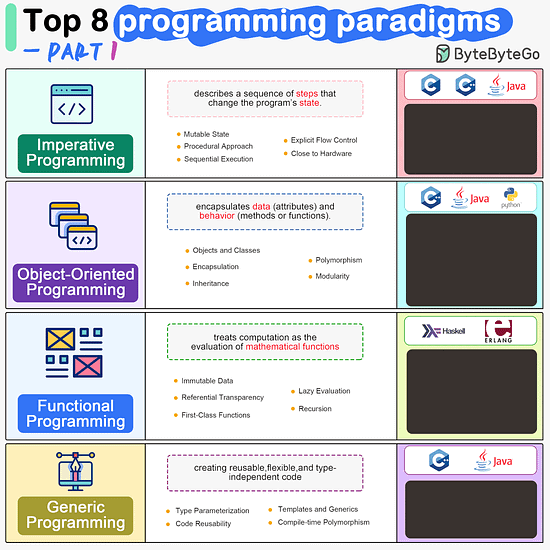
ByteByteGo | Newsletter/Blog
From the newsletter:
Imperative Programming Imperative programming describes a sequence of steps that change the program’s state. Languages like C, C++, Java, Python (to an extent), and many others support imperative programming styles.
Declarative Programming Declarative programming emphasizes expressing logic and functionalities without describing the control flow explicitly. Functional programming is a popular form of declarative programming.
Object-Oriented Programming (OOP) Object-oriented programming (OOP) revolves around the concept of objects, which encapsulate data (attributes) and behavior (methods or functions). Common object-oriented programming languages include Java, C++, Python, Ruby, and C#.
Aspect-Oriented Programming (AOP) Aspect-oriented programming (AOP) aims to modularize concerns that cut across multiple parts of a software system. AspectJ is one of the most well-known AOP frameworks that extends Java with AOP capabilities.
Functional Programming Functional Programming (FP) treats computation as the evaluation of mathematical functions and emphasizes the use of immutable data and declarative expressions. Languages like Haskell, Lisp, Erlang, and some features in languages like JavaScript, Python, and Scala support functional programming paradigms.
Reactive Programming Reactive Programming deals with asynchronous data streams and the propagation of changes. Event-driven applications, and streaming data processing applications benefit from reactive programming.
Generic Programming Generic Programming aims at creating reusable, flexible, and type-independent code by allowing algorithms and data structures to be written without specifying the types they will operate on. Generic programming is extensively used in libraries and frameworks to create data structures like lists, stacks, queues, and algorithms like sorting, searching.
Concurrent Programming Concurrent Programming deals with the execution of multiple tasks or processes simultaneously, improving performance and resource utilization. Concurrent programming is utilized in various applications, including multi-threaded servers, parallel processing, concurrent web servers, and high-performance computing.
#bytebytego#resource#programming#concurrent#generic#reactive#funtional#aspect#oriented#aop#fp#object#oop#declarative#imperative
8 notes
·
View notes
Text
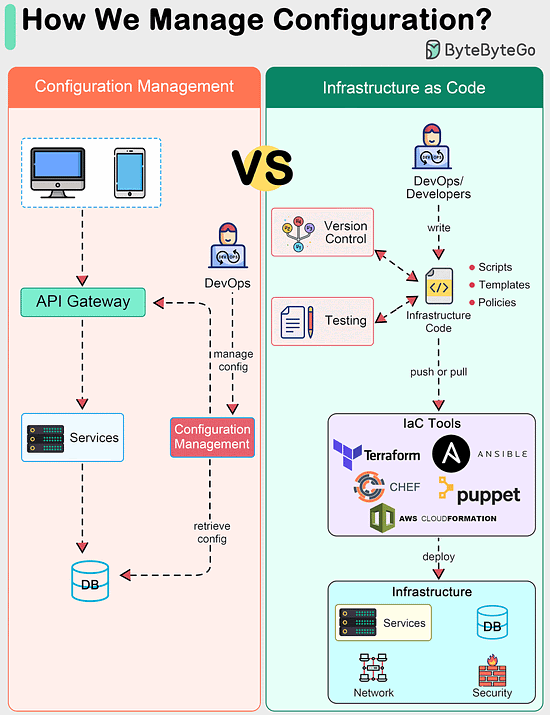
5 notes
·
View notes
Text
Cheat Sheet for Managing Sensitive Data
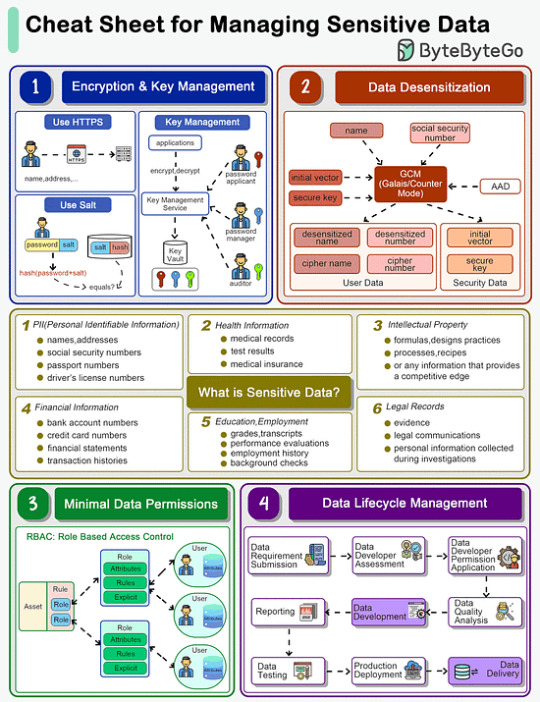
4 notes
·
View notes
Text
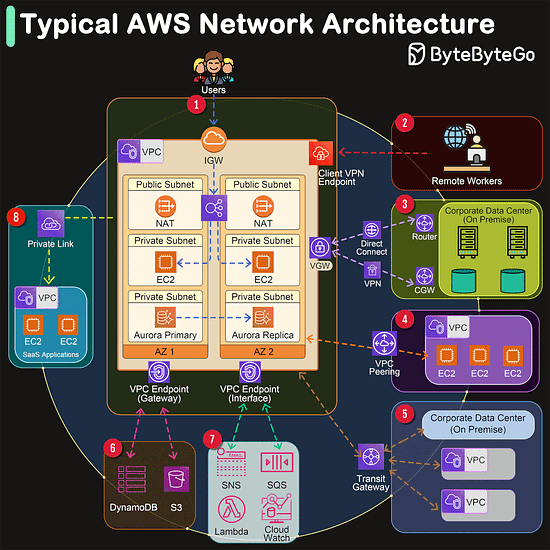
4 notes
·
View notes
Text
youtube
2 notes
·
View notes
